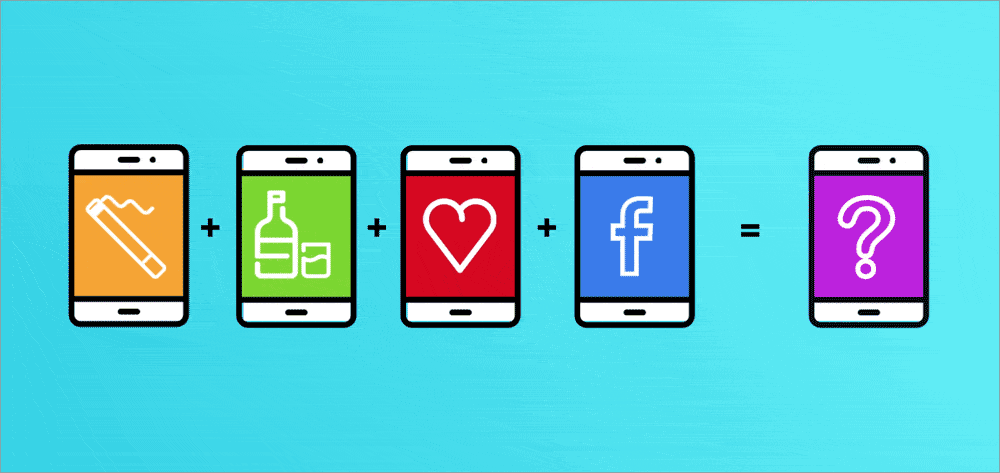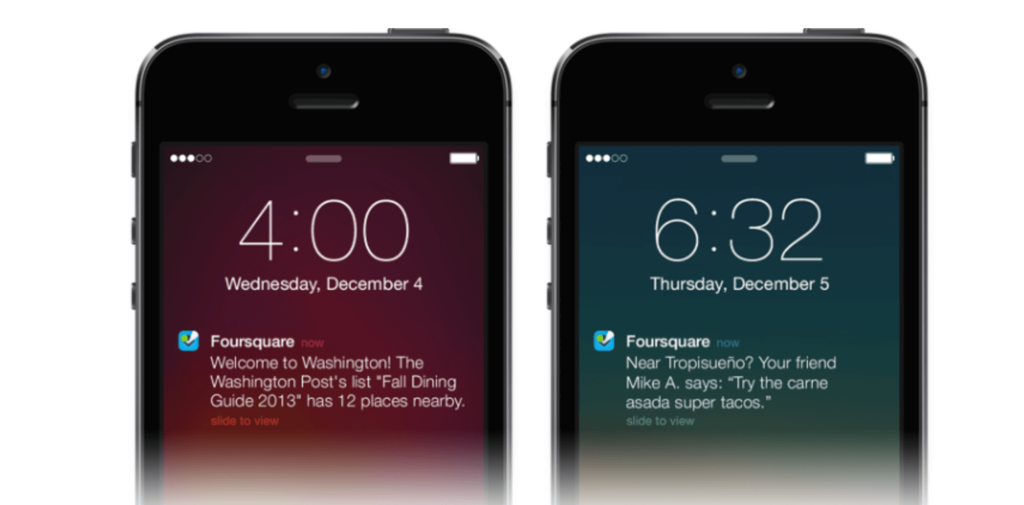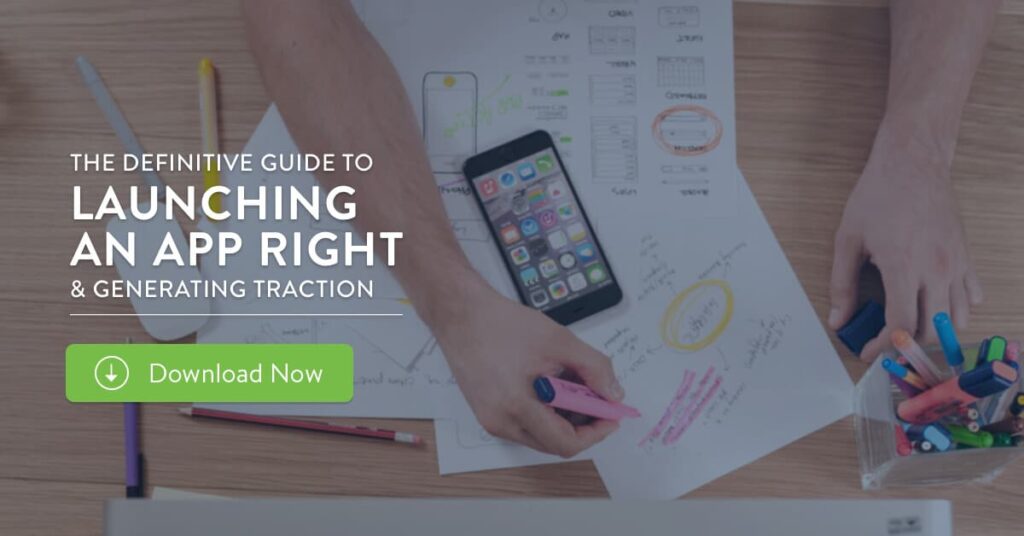
What do cigarettes, liquor and Facebook have in common?
They’re addictive.
Or at least that was the way Y Combinator founder Paul Graham put it in his essay “The Acceleration of Addictiveness.”
In the essay, Graham reveals that many of these addictive things are more concentrated forms of less addictive predecessors. Further, he points out that the acceleration behind these addictions is the same acceleration that has moved technology to cure to diseases and identify breakthroughs like clean energy. At one point in the essay, Graham shares a powerful sentiment that every app maker needs to hear:
The world is more addictive than it was 40 years ago. And unless the forms of technological progress that produced these things are subject to different laws than technological progress in general, the world will get more addictive in the next 40 years than it did in the last 40.
What he’s talking about here isn’t limited to drugs and alcohol.
He’s talking about the power in the hands of app makers when they create the next Farmville or Pokemon Go. A mobile phone was once a novelty item but it has quickly become a staple that we carry with us everywhere we go. In fact, recent studies found that 79 percent of people 18–44 have their smartphones with them 22 hours a day.
Why?
Because the technology has become addictive. Or a less aggressive way of putting it: The technology within our phones has become habit-forming. Meaning, our phones and apps have been built to sustain our attention and keep us coming back for more.
In this blog post, we’re going to talk about the process of creating habit-forming mobile apps from start to finish. We’ll highlight the important steps along the way and equip you with theories to help you build a mobile app that people come back to time and time again.
Start With A Simple Goal In Mind
A frequent problem we see when talking to both established companies and budding startups about the goals they’ve set for their mobile apps is a lack of focus. It’s not rare to come across a team that has identified more than three or four goals they want the app to accomplish for their end user.
The issue with building an app without a simple goal is that you’ll likely end up being mediocre at many things rather than great at one. As a result, you blend in with all the noise in the App Store and never stand out as a leader to potential users.
Identifying a simple goal is the key to starting the process for building a habit-forming app. Take Uber for example. The initial goal of this app was simple: Let people call a car or cab with one button. That’s where the app started. That’s where the app built its reputation. And that’s where the app was able to establish itself as one that people would become reliant on.
Simplifying your goal can be difficult. In our guide to launching an app, we talk about the role that focus plays in the process for developing great apps. If you haven’t checked it out yet, the guide is definitely worth a look:
Embrace Simplicity In Design
The first version of your mobile app doesn’t need to be too complex. For startups, the app should act as a minimum viable product, and for big brands, it should deliver enough value to satisfy stakeholders. The goal of your initial launch is to deliver value to your audience and to quickly gain insight into how you can further improve their mobile experience.
When you have identified a singular focus, it becomes easier to create a simple design. A simple design doesn’t mean your app only allows users to do one or two things. A simple design just means it’s easy for a user to open the app, get started and move through the process of achieving a few key goals—the ease and simplicity of this process influences a user’s decision to come back in the future.
Leverage The Hook Canvas
The hook canvas is a product framework that we have talked about in the past as a great tool for app markers when designing their apps. The idea behind the hook canvas is that by embracing a combination of psychology and design, makers can develop habit-forming products.
Here’s a look at the hook canvas:

The idea here is that every habit-forming app starts with an internal trigger. In many ways, the internal trigger is very much aligned with the simple goal that we talked about earlier. An internal trigger is what the user really wants—it’s the reason someone downloads your app to begin with.
After downloading your app based on that internal trigger, users are met with external triggers that influence their behavior, things like automated emails asking them to come back or push notifications that are meant to drive retention. The combination of both internal and external triggers is what captures a user’s attention, but it’s the next three pieces that hold it.
Nir Eyal explains that once users are triggered, they need to take action. The action can be big or small. In some apps, the action is simply scrolling through friends’ photos or an album the user was tagged in. This action must then result in a reward of some sort that makes users feel fulfilled. On social media apps, we’re often rewarded by being entertained in moments of boredom or by receiving a nice comment from a friend telling us how much they like our photo. That’s a reward.
The final step in the process for the user is evaluating the investment made to get that reward. If the user has to jump through a lot of hoops to achieve a mediocre reward, it’s less likely they will come back. But in the case of Tinder, where a single swipe could result in a lifelong partner, the investment is so low that you can expect people to come back time and time again to swipe left and swipe right in their search for love.
Identify Retention Opportunities
The final piece of the puzzle in developing habit-forming apps is giving users a nudge when they might be at risk to leave. That means spending time identifying trends that show when users are likely to become power users, and when users are likely to churn. By studying data about the people using your app, you can better understand which features lead to retention and which behaviors lead to churn.
As you gain this information, you will be better equipped to create and develop retention tactics. A traditional approach that’s also one of the most effective for retaining users is leveraging email. The following is a great example of a push notifications sent to Foursquare users:

Each email is a small gesture that reminds users why they downloaded Foursquare to begin with while also adding value to their experience. As you plan your mobile app, think about different opportunities for your product to add value through push notifications. In social media, the opportunity may be when someone comments on a user’s post or adds the user as a friend; in on-demand apps, it’s often when something is on sale (surge pricing) or when the user’s cab or food has arrived.
One of the best ways to uncover retention opportunities is UX research. Researching existing and intended behaviours can unlock insights that can help you optimize retention. Finding those retention opportunities is an ongoing process, but through data and research, you can increase your chances of keeping your users’ attention.
Wrapping Up
When it comes to creating habit-forming apps, it’s more important than ever before to understand the impact that these apps can have on people’s lives. Attention being given to your app is attention that is not being given somewhere else.
Remember: With great power comes great responsibility.
It’s on us as app makers to be cognizant of the number of push notifications we send people and the types of triggers we put in front of them. The last thing you want to do is drive users away with a strategy that’s designed to keep them around.
Over the years, our apps have been used by millions of people from all over the world. We’ve had the chance to work with some amazing brands like Proposify and Trans Canada Trail to help them turn app ideas into reality. If you’re interested in learning more about our process and how we help companies bring their apps to life, get in touch.



